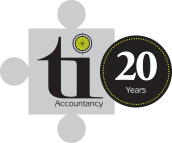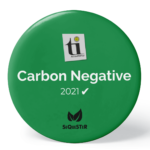When is it happening?
This week we are getting a bit more information regarding the SEISS that we thought would be helpful for anyone who is waiting for this scheme to open ….
The self-employed income support scheme (SEISS) will be open for applications from 13 May.
Your accountant will not be able to make this claim this grant on behalf of their clients.
From 4 May HMRC have started to contact taxpayers who it believes are entitled to claim an SEISS grant, telling them to be ready to claim when the portal opens next week.
If you haven’t done this already I have done a step by step guide how to get your personal Government Gateway ID
If I received something how do I know if it is Genuine or scam ….
The initial contact to self-employed taxpayers is being made by email. Or, if the taxpayer has no email, HMRC will text message where it has a mobile phone number. Only where HMRC does not hold an email address or mobile phone number for the taxpayer will it send a physical letter, but this letter may not arrive until next week.
Unfortunately, there have already been numerous scam texts circulating looking like they are from HMRC.
The genuine emails and texts from HMRC do not include an active link to click on; they only tell the taxpayer to be ready to claim.
Will contact mean I am eligible?
The fact that the taxpayer has received initial contact about the SEISS grant from HMRC doesn’t mean that they will meet all the criteria to receive the grant.
HMRC will have the information about the trader’s profits for the years to 2018/19, but to claim the SEISS the taxpayer must also have traded in 2019/20 and be intending to trade in 2020/21. This information about current and future trading intentions will not yet be available to HMRC.
Can I check Eligibility?
HMRC is encouraging taxpayers to use its SEISS eligibility checker tool to check whether they can claim. However, this online tool only asks for the taxpayer’s UTR and NI numbers, it doesn’t ask about current or future trading intentions. Tax agents can use this checker on behalf of clients, and ask HMRC to review the case if they think a client has been incorrectly rejected as ineligible to apply.
The taxpayer is not required to use the checker tool in order to make a SEISS claim. However, if they do use it and provide an email address as requested for further correspondence, this may speed up the process of the claim.
HMRC will use that email address to tell the taxpayer exactly when the SEISS portal will be open for them. This will be a specific date between 13 and 18 May, with different days allocated to different taxpayers.
What happens if you do not have access to the internet?
There will be a telephone-based SEISS grant application service for the digitally excluded to use, but HMRC has not released any details of that yet.






